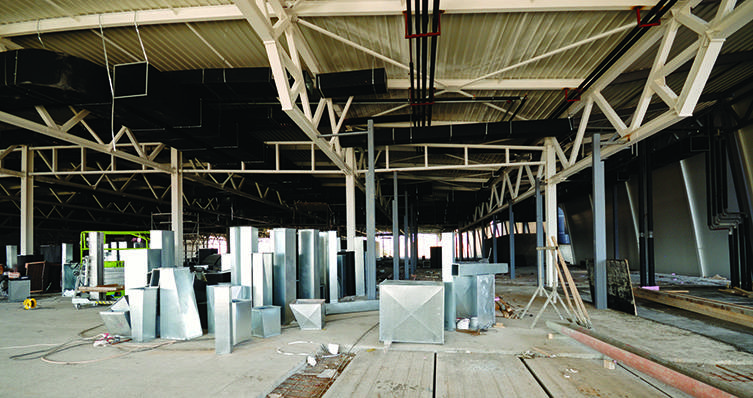
In June 2024, the IRS released final regulations addressing the prevailing wage and apprenticeship (PWA) requirements for increased clean energy tax deduction or credit amounts. These tax breaks were made available under the Inflation Reduction Act (IRA). Satisfying the requirements can quintuple the total amount of tax benefit potentially available.
To claim the enhanced tax treatment, however, both general contractors and subcontractors on eligible jobs must follow the PWA requirements. So construction business owners and their leadership teams should familiarize themselves with the new regulations if they intend to compete for qualifying projects.
General requirements
The IRA provides for a five-fold increase in the amount of certain clean energy incentives, including the:
- Investment tax credit
- Production tax credit
- Energy-efficient commercial buildings deduction
- Renewable energy production tax credit
- Renewable energy property investment tax credit
The incentives are triggered by the construction, alteration, or repair of certain clean energy facilities or properties, projects, or equipment.
To qualify, taxpayers generally must pay laborers and mechanics employed on such projects at or above the prevailing wage rates set by the U.S. Department of Labor (DOL). They also need to employ sufficient apprentices from a registered apprentice program. And, as mentioned, they must ensure that all contractors and subcontractors comply with the PWA requirements.
The IRA imposes substantial penalties for noncompliance.
Additional highlights
At more than 300 pages, the final regulations cover a lot of ground and include important revisions and clarifications.
For example, they state that the apprentice requirements apply only for the construction of an energy project — not to alteration or repair work after a facility is placed in service. The prevailing wage requirements don’t apply to routinely scheduled maintenance work that’s generally required to keep the energy project in its current condition so it can continue to be used. However, the requirements do apply to repair work.
The final regulations also include revisions on the timing for prevailing wage determinations. Under the final regulations, the determination should be made when the contract for construction is executed by the taxpayer and contractor. If there’s no contract, the determination is made when construction starts — activities that may previously have been treated as “preliminary activities” not subject to prevailing wage requirements could now be subject to them.
Supplemental wage determinations must be made no more than 90 days before a contract is executed between the taxpayer and contractor. They’re effective for 180 days from the date of issue. If the supplemental determination isn’t incorporated into the contract or the construction already underway within that time, a new supplemental wage determination must be requested.
In addition, revisions were made regarding the “good faith effort” exception to the apprenticeship requirements. To qualify, requests must be made electronically or by registered mail to a registered apprenticeship program in the applicable geographic area at least 45 days before the qualified apprentice is to begin work.
Requests are valid for 365 days, as opposed to 120 days under the proposed regulations. If no registered apprentice program operates in the area of the energy project, the exception will apply as long as the taxpayer contacts the DOL or state apprenticeship agency for assistance in finding qualified apprentices.
Records are crucial
It’s worth noting that the final regulations include extensive recordkeeping requirements and provide that the records for a given project can be maintained by the taxpayer, its contractor, or a third party. Although taxpayers are ultimately responsible for ensuring compliance with the documentation requirements, contractors should read up on them in case an owner expects the construction company involved to maintain records.
Also note that the final regulations generally apply to qualified facilities that began construction and were placed in service after June 25, 2024.
With such a hefty potential increase in tax benefits on the line, it’s not surprising that the IRS plans to keep a close eye out for noncompliance with the PWA requirements. The agency has described enforcing the requirements as a “top priority.”
© 2024 KraftCPAs PLLC